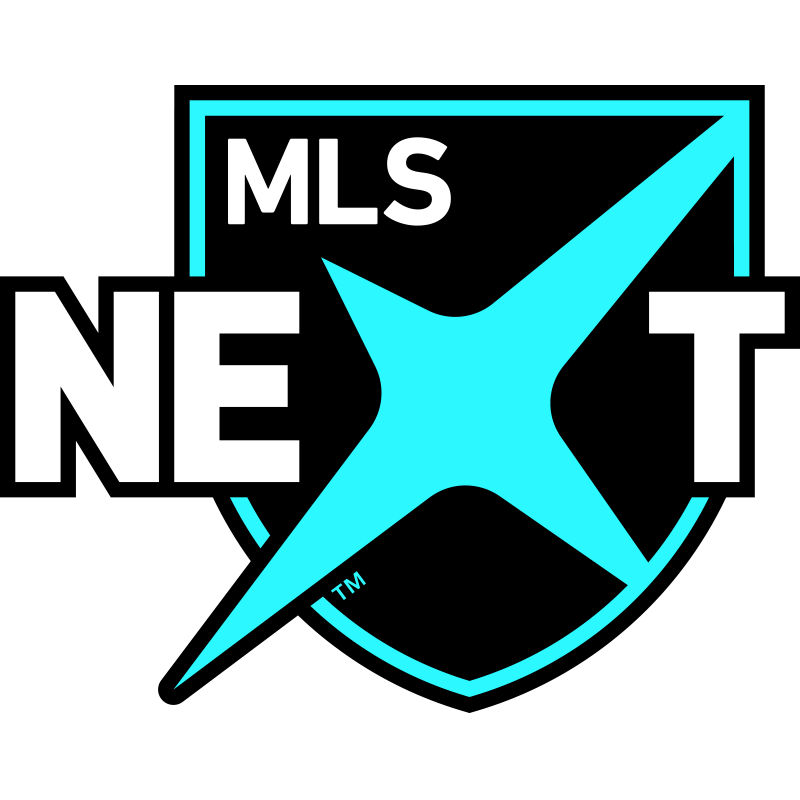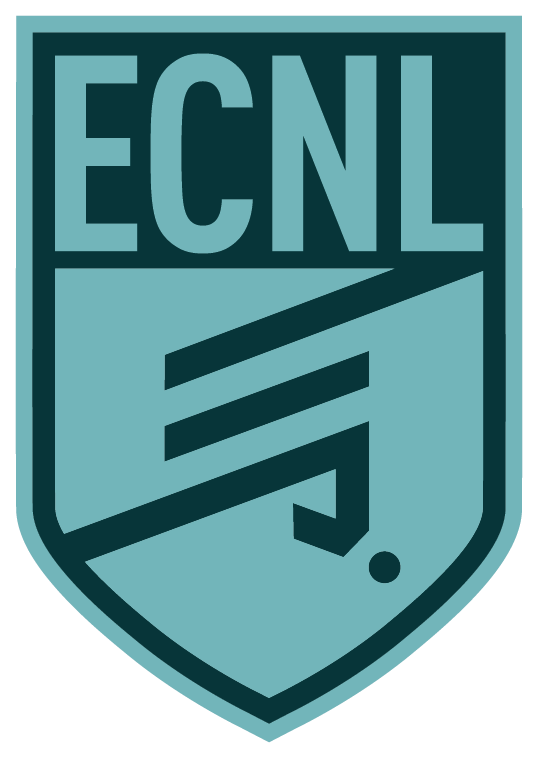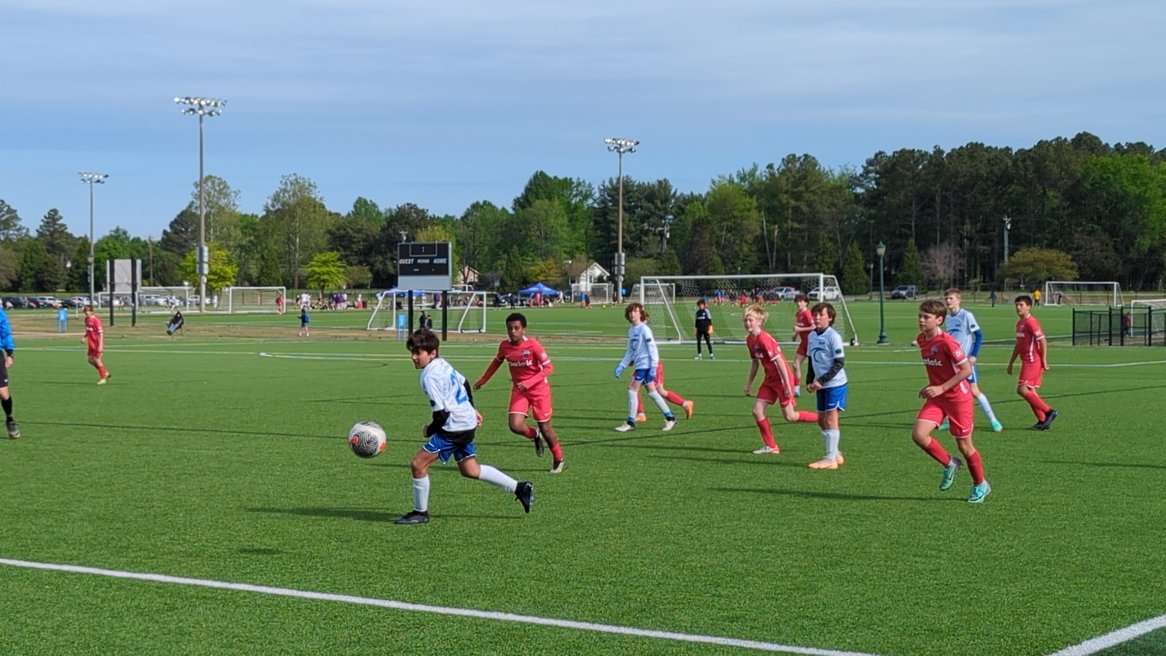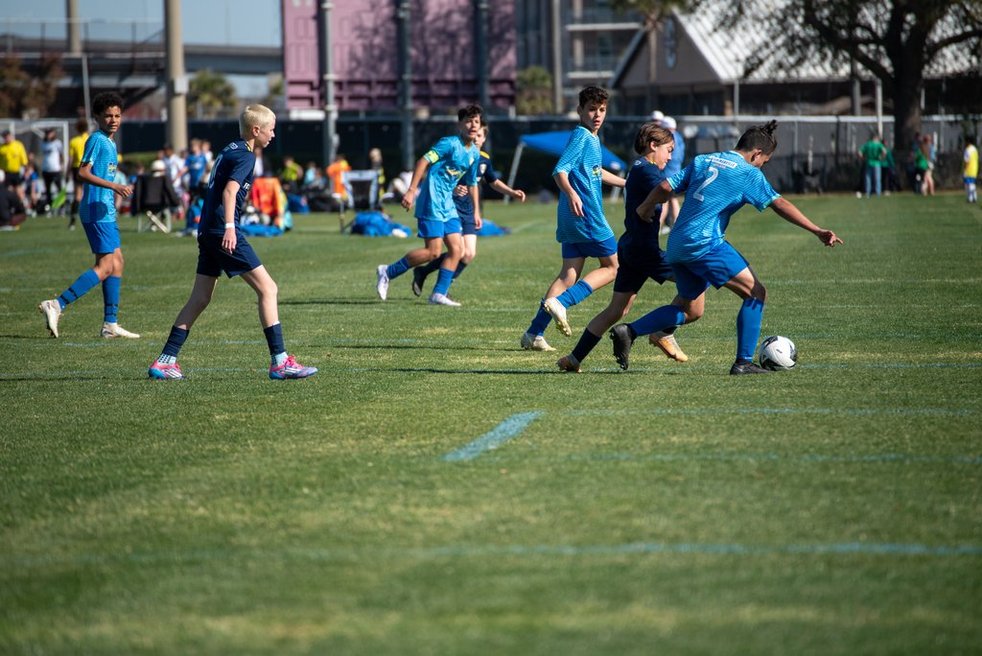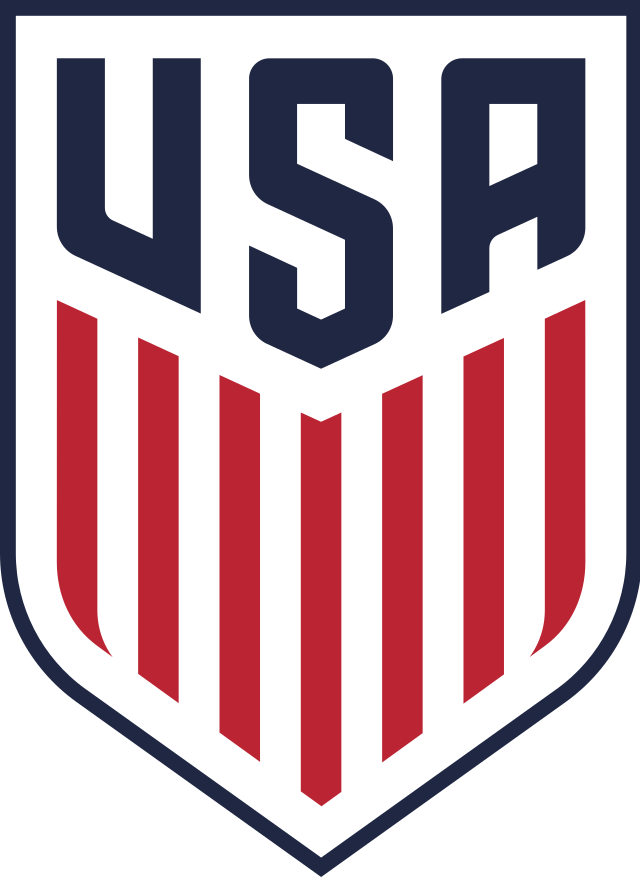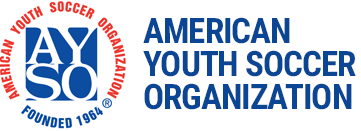Guide to the New MLS Next Divisions: MLS Next Homegrown and MLS Next Academy Divisions Explained
Table of Contents
2. Intro to New Tiers in MLS NEXT
3. The MLS NEXT Homegrown Division: The Path to the Pros
4. The MLS NEXT Academy Division: 2nd Tier
5. Homegrown vs. Academy: What's the Real Difference?
6. Where Does This Fit in the Boys Youth Soccer Pyramid?
7. MLS NEXT Fest: The Biggest Scouting Event Just Got Bigger
8. Are These New Names Just Plain Confusing?
9. Frequently Asked Questions (FAQs)
Guide to the New MLS Next Divisions
Key Takeaways
- MLS Next 2 Tiers: MLS NEXT has two levels for the 2025-26 season. The top tier is now the MLS NEXT Homegrown Division, and the new, second tier is the MLS NEXT Academy Division.
- Homegrown is Top: The Homegrown Division is the highest level of competition, featuring all the professional MLS academies and the best non-MLS elite academies. This is the direct pathway to a pro contract.
- Academy is the New Tier: The Academy Division expands the MLS NEXT platform, bringing in hundreds of new clubs and thousands of players. It's managed by established league operators like EAL and NAL.
- Confusing Names: The names are a bit tricky. The "Homegrown" name comes from the MLS Homegrown Player Rule, but the top division with the pro academies is not called the "Academy" division. Parents need to know the difference.
- Massive Expansion: The program will now have over 43,000 players across 273 clubs, making it a huge force in youth soccer.
- Bigger Scouting Events: MLS NEXT Fest will now be the largest youth soccer scouting event in North America, with over 1,000 teams participating.
New Tiers in MLS NEXT
MLS NEXT is shaking things up for the 2025-26 season. Back in January MLS announced a big expansion. And they finally just announced the new names for their 2 MLS Next Youth Soccer divisions. The top level is now called the MLS NEXT Homegrown Division, and a whole new second tier is being introduced as the MLS NEXT Academy Division. Honestly, it took me a minute to figure out which was which.
This change is pretty massive. We're talking about the program more than doubling in size. The announcement from MLS NEXT says this will involve 273 clubs, almost 2,200 teams, and a whopping 43,000 players. That's a lot of kids under one umbrella. It seems like they're trying to create a clearer path for players while also opening the door for more clubs to get involved in their system. For parents, it just means we have to do a bit more homework to understand the landscape. It's not just about finding a good team anymore; it's about understanding where that team fits into the bigger picture of the boys youth soccer pyramid. It’s a big deal for youth soccer in the states.
The MLS NEXT Homegrown Division: The Path to the Pros
Let's break down the top tier first. This is the one they're calling the MLS NEXT Homegrown Division. My first reaction was, why not just call it the 'pro' or 'elite' division? Well, the name comes from the MLS "Homegrown Player Rule," which is a rule that lets professional MLS clubs sign players directly from their own youth academies. So, this division is all about that direct connection to the professional game. This is where every single one of the 30 professional MLS academies will play. If your kid's dream is to go pro, this is the league they're aiming for. It's the highest standard of youth soccer in North America.
This division also includes 122 of what they call "MLS NEXT Elite Academies." These are the top youth clubs from around the country that aren't officially part of an MLS team but have proven they can develop players at a really high level. The idea of this division is to prepare kids for the next level, whether that's signing a pro contract, playing for MLS NEXT Pro, or getting a spot on a top NCAA college team. Over 100 players who came through MLS NEXT have played in the actual MLS this season, which shows the pathway is real. It's a tough, competitive environment, but it's where the top talent is.
The MLS NEXT Academy Division: The New Tier
Now for the the MLS NEXT Academy Division. This is the expansion second tier. It is basically a way for more clubs to get into the MLS NEXT ecosystem. Before this, it was a pretty exclusive club. Now, hundreds of teams that were previously playing in other leagues will be under the MLS NEXT umbrella. This new division is managed by some familiar names in the youth soccer world, including the National Academy League (NAL) and the Elite Academy League (EAL). So, it's not like they're starting from scratch; they're bringing in established leagues to run things.
It hopefully gives a wider range of players access to the same kind of environment and scouting exposure that the top-tier kids get. They'll participate in the big MLS showcase events and get looked at by college and pro scouts. For a parent, this could be a great thing. It means more opportunities and maybe a slightly less insane travel schedule depending on the regional alignment. The name itself is a little confusing, and I'll get to that later, but the important thing to know is that this is the new second level of competition. It's still elite youth soccer, just not the very top tier with the direct pro academy connection. Before the official naming announcement, most people were calling it MLS NEXT 2.
Homegrown vs. Academy: What's the Real Difference for Players?
This is the question every parent is gonna ask. So let's just lay it out simple. The names are confusing, but the difference is pretty clear once you look past the labels. The Homegrown Division is the top flight. The Academy Division is the second flight. It's that straightforward. If a club is an official academy of a professional MLS team, like the LA Galaxy or Atlanta United academy, they are in the Homegrown Division. The very best non-MLS clubs are also in that division. Everyone else in the MLS NEXT system is now in the Academy Division.
Here's a table to make it easier to see the difference. You have to do your own research, cause a club might just tell you "we're MLS NEXT" without explaining which division they're in.
| Feature | MLS NEXT Homegrown Division | MLS NEXT Academy Division |
|---|---|---|
| Competition Level | Tier 1 - Highest in North America | Tier 2 - Elite national platform |
| Club Types | All 30 professional MLS Academies + 122 top Elite Academies | 243 Elite Academies |
| Pathway | Direct pathway to MLS, MLS NEXT Pro, and top NCAA programs. | Pathway to top college programs and potential to move up. |
| Primary Goal | Develop professional soccer players. | Provide elite competition and exposure for a wider pool of players. |
The biggest difference is the 'pro pathway'; the Homegrown Division is supposed to produce professional players. The Academy Division is more about creating a broad, competitive platform for high-level players to develop and get seen by colleges. There might be some movement between the divisions for players, but that's not super clear yet. For now, think of it as two different levels of the same program.
Where Does This Fit in the Boys Youth Soccer Pyramid?
You've got ECNL Boys, USYS National League, and a bunch of others. So where does this new MLS NEXT structure fit in the boys youth soccer pyramid? With this change, MLS NEXT is pretty much cementing itself at the very top. The Homegrown Division is the pinnacle for boys' youth soccer, especially for players who want to go pro. It sits right above everything else.
The new MLS NEXT Academy Division kind of slots in alongside the the third tier of other national leagues. It will probably be seen as on par with, or maybe just a notch above, the NPL and USYS NL and aiming to take over boys ECNL. It really depends on the specific clubs and regions. For girls, the landscape is different, with the ECNL Girls and the Girls Academy (GA) being the top platforms. But for boys, MLS is making a clear statement. They are building a comprehensive system from the ground up, starting with programs like MLS GO for the younger kids, leading all the way to the Homegrown Division and then into the pros. This system makes their part of the pyramid much bigger and more defined than it was before.
MLS NEXT Fest: The Biggest Scouting Event Just Got Bigger
If you've been in the club soccer world for a while, you know how important the big showcase tournaments are. It's where hundreds of college coaches and pro scouts come to watch players. With this expansion, the MLS NEXT Fest is about to become the biggest one of them all. The event is held in December in Arizona, and for 2025, it's going to be massive. They're expecting more than 1,000 teams from all six age groups (U13 to U19) to be there. That's over 30,000 players in one place over 12 days.
Are These New Names Just Plain Confusing?
As a parent who tries to keep up with this stuff, it seems intentionally confusing. The top tier, the one with all the professional academies, is called the Homegrown Division. The second tier, which is made up of other elite academies, is called the Academy Division. See the problem? You would think the one with the professional academies would be called the Academy Division. It feels a bit like marketing jargon getting in the way of common sense.
I get where the names come from. The "Homegrown" name connects to the homegrown player rule, a MLS program that allows MLS teams to sign local players from their own development academies directly to MLS first-team rosters. And the "Academy" name for the second tier probably comes from the fact that the leagues helping to run it were the National Academy League and the Elite Academy League. But for a new parent trying to figure this all out, it's a headache. You have to actually read the fine print to understand that Homegrown is the top level. It just seems like they could have picked clearer names, like MLS NEXT Pro Pathway and MLS NEXT National or something like that. It’s a small thing, I know, but it’s one of those little annoyances that we parents have to deal with when navigating the system. Dont just trust the name, you have to ask questions and figure out exactly what you're signing up for.
Frequently Asked Questions (FAQs)
What is the main difference between the MLS NEXT Homegrown and Academy Divisions? The main difference is the level of competition and the direct pathway to professional soccer. The Homegrown Division is the top tier, featuring all professional MLS academies and the very best elite youth clubs. The Academy Division is the second tier, expanding the league to include hundreds of other high-level clubs.
Which division is better, Homegrown or Academy? The Homegrown Division is the higher level of competition, considered the pinnacle of youth soccer in North America with a direct link to the pros. The Academy Division is a new second tier that still offers elite competition and excellent exposure for players.
Can a player move from the MLS NEXT Academy Division to the Homegrown Division? While MLS NEXT hasn't detailed a formal process for player movement between the two divisions, it is common in youth soccer for talented players to be scouted and move to higher-level teams. It's likely that top performers in the Academy Division will be scouted by clubs in the Homegrown Division.
How many teams are in the new MLS NEXT structure? For the 2025-26 season, the entire MLS NEXT program will include 273 clubs, 2,189 teams, and over 43,000 players across the U.S. and Canada.
Is MLS NEXT better than ECNL for boys? This is a common debate. Generally, the MLS NEXT Homegrown Division is considered the top developmental league for boys aiming for a professional career. The new MLS NEXT Academy Division and the ECNL Boys National level are often seen as comparable, with the "better" option often depending on the specific clubs and coaching available in your local area.
